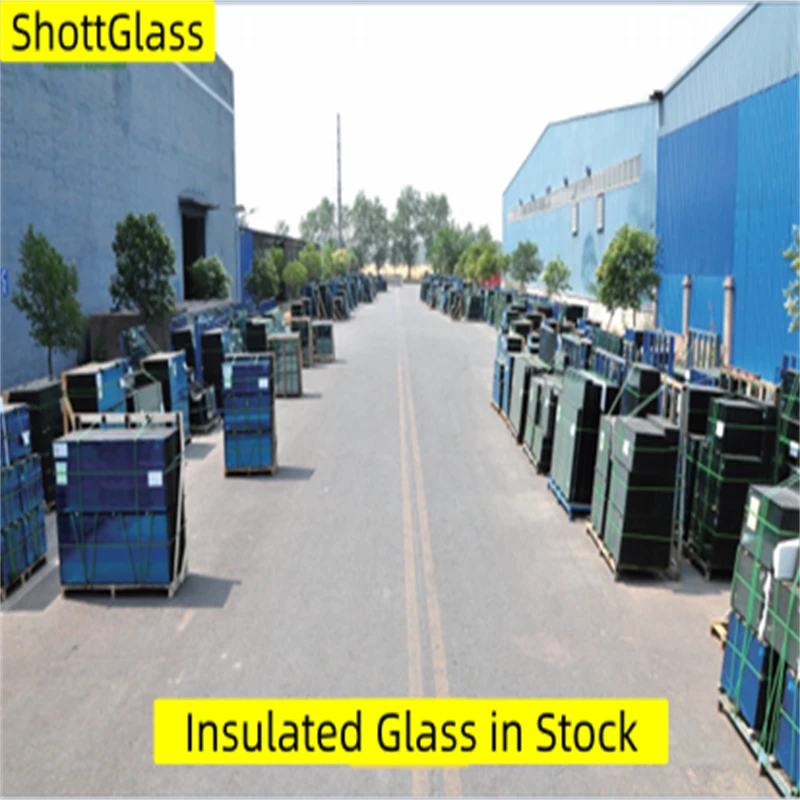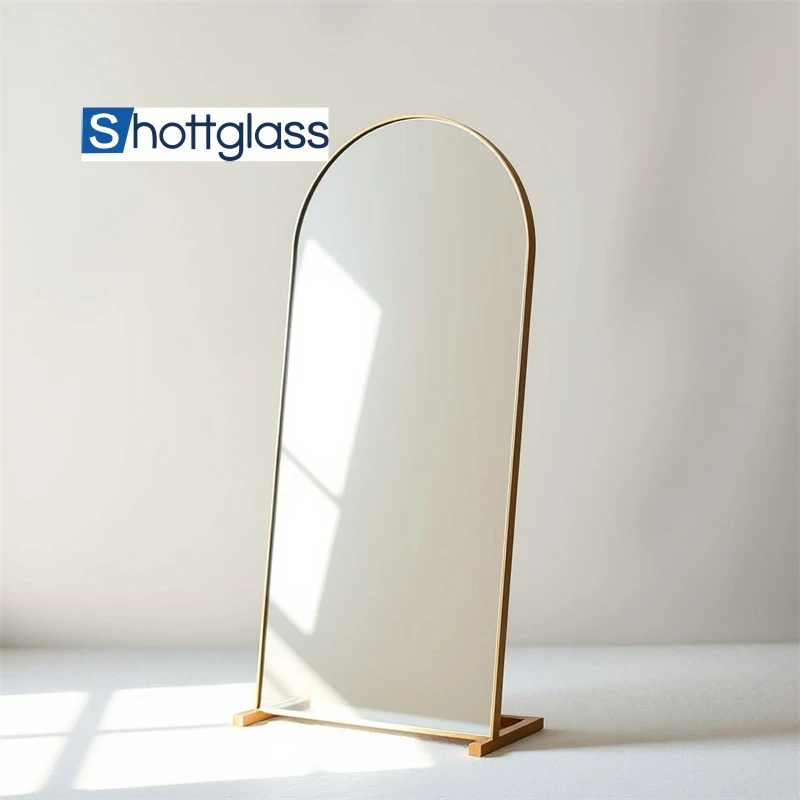Sep . 05, 2024 18:04 Back to list
Tempered Laminated Glass Specifications | High-Quality Safety Glass Solutions
Understanding Tempered Laminated Glass Specifications
Tempered laminated glass combines the strength of tempered glass with the safety of laminating technology, making it a preferred choice for various architectural and construction applications. The specifications of tempered laminated glass are crucial to ensure that it meets the necessary structural and aesthetic requirements.
Defining Tempered Laminated Glass
Tempered laminated glass is produced by fusing together two or more layers of glass with a layer of polyvinyl butyral (PVB) or ethylene-vinyl acetate (EVA) interlayer. The glass is first tempered, which involves heating it to a high temperature and then rapidly cooling it, a process that increases its strength. The laminated structure adds an extra layer of safety; in the event of breakage, the interlayer holds the shards together, preventing them from scattering and posing a hazard.
Key Specifications
1. Thickness The thickness of tempered laminated glass can vary, typically ranging from 6mm to 25mm or more, depending on the application. Thicker glass provides better durability and sound insulation but may also require more substantial framing solutions.
2. Strength The strength of tempered laminated glass is a crucial factor. During manufacturing, it must meet specific tensile and compressive strength standards to withstand external forces, such as wind loads and impact. Generally, tempered glass is rated to endure at least four to five times the load-bearing capacity of standard annealed glass.
tempered laminated glass specification

3. Visiual Clarity and Aesthetics The clarity of the glass is vital for aesthetic purposes, particularly in commercial and residential buildings where natural light is paramount. Tempered laminated glass can be manufactured with various visual effects, including tinted or reflective coatings to enhance energy efficiency and reduce glare.
4. Safety Standards Compliance with safety standards, such as those set by the American National Standards Institute (ANSI) and the National Glass Association (NGA), is essential. These standards outline test methods for safety glazing products, including impact resistance and thermal stress tests.
5. Thermal Performance The thermal performance of tempered laminated glass is measured through its U-value and Solar Heat Gain Coefficient (SHGC). Lower U-values indicate better insulating properties, while a lower SHGC means less heat is transmitted through the glass, promoting energy efficiency.
6. Acoustic Properties Acoustic performance is increasingly important in urban settings. The laminated interlayer can significantly reduce sound transmission, making tempered laminated glass an ideal choice for applications where noise reduction is desirable.
Applications
The versatility of tempered laminated glass allows it to be used in a variety of applications, including facades, skylights, safety glass in vehicles, shower enclosures, and glass floors. Its combination of safety, strength, and aesthetics makes it suitable for both residential and commercial projects, addressing modern design needs while ensuring enhanced security and durability.
In conclusion, the specifications of tempered laminated glass play a crucial role in determining its suitability for particular applications. Understanding these specifications is essential for architects, designers, and builders to make informed choices that enhance both the functionality and aesthetic appeal of their projects.
-
The Science of Laminated Glass
NewsAug.29,2025
-
Reflective Glass Facades: Modern Aesthetics and Energy Efficiency
NewsAug.29,2025
-
Mirror Glass: Transforming Commercial Spaces
NewsAug.29,2025
-
Insulated Glass: Energy & Cost Benefits
NewsAug.29,2025
-
Frosted Glass Walls: Modern Partition Solutions
NewsAug.29,2025
-
Blue Coated Glass: Features and Benefits
NewsAug.29,2025
Related PRODUCTS














